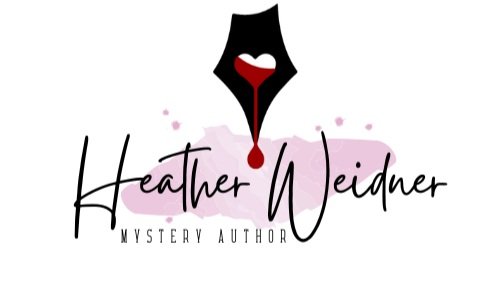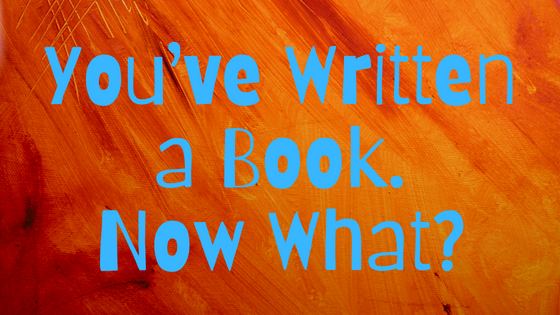I'm a New Author - What Should I Work on First?
/New authors often ask what part of their platform they should work on and when? Here’s what has worked for me.
Website: Purchase your domain name for your site and start creating the pages. This is the hub of all of your marketing efforts. I would create it first. If you don’t have a book to highlight yet, start with a blog and build a following. Blog about things in your book, your research, your hobbies, what you read/watch, or anything that catches your fancy. Try to have a regular schedule if possible.
Link to your social media accounts to your webpage and have a place where visitors can sign up for your newsletter. You can add pages and update the look as you add new books.
Email/Newsletter List: Start collecting names as soon as you start doing events or appearances. Have a sign-up sheet where people can register. Decide how often you want your newsletter to go out and what kind of content you want to include. I do mine quarterly with some kind of contest. I include announcements, events, photos, and interviews of other authors.
There are all kinds of free and paid email services that you can use to build your newsletter from templates and to house/maintain your list of followers. Remember, you can be banned from social media platforms, or the site can shut down. When this happens, you have no way of contacting those followers. You own your email list, and that’s why it’s important to have and cultivate.
Social Media Sites: I would also start to build a following on these as soon as you can. Agents, editors, and publishers often look at your website and social media sites to see your content and what kind of following you have. I started out years ago with three Twitter followers. It takes time to build an audience. Choose the one or two sites that you want to focus on and follow at least 10 people a day.
I write cozy mysteries. Most of my readers are on Facebook, Instagram, and Threads, so that’s where I focus most of my time, but I do have a presence on a variety of other sites. Make sure your readers can easily find you. Make the look and feel of each site (photograph and banners) similar. To build (and keep) an audience, you need to be social. You need to interact with those who comment, post interesting content (that’s not all “buy my book”), and share other’s celebrations.
A business page on Facebook and Instagram gives you access to metrics and insights about your page and activity and access to the business tools. I can see when my followers are most active, and I can schedule posts during those times. Some authors use their personal Facebook accounts. There is a limit to the number of friends you can have on a personal account, and once you hit that number, you can’t expand your reach. The business page isn’t limited.
I would focus on these three key parts of your author platform as soon as you decide to start your writing journey. There is a lot of waiting when you query agents or publishers or while you wait for publication. I would use this time to work on your website, newsletter, and social media sites.
What else would you add to my list?
























